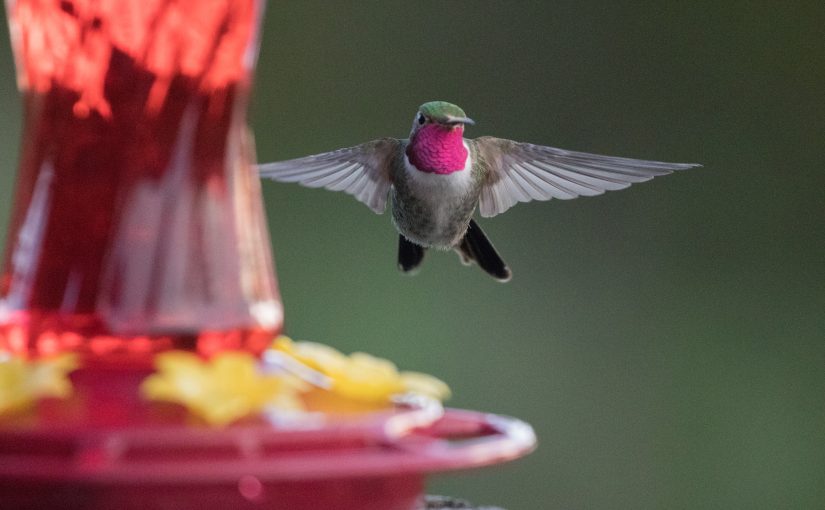My interests are broadly based in population- and community-level ecology with an emphasis on applied problems. I strive to address questions of interest using contemporary advances in experimental design, analysis, and estimation.
At a population level, I have focused on the effects of forest fragmentation on permanent-resident birds in the US and Vietnam, testing life history predictions in long-lived birds, waterfowl ecology, and working on a number of applied conservation projects focused on species of concern (i.e., threatened/endangered). Some examples include collaborating with:
- the US Fish and Wildlife Service (USFWS) on subsistence waterfowl harvest in Alaska and goose harvest estimation from parts collection surveys nationwide.
- the USFWS on demography of California gnatcatcher and the Palms Spring ground squirrel which are foci of Habitat Conservation Plans;
- the Center for Environmental Management of Military Lands and Department of Defense (DoD) on Dall Sheep and shorebird habitat use on DoD lands in Alaska.
- the Colorado Division of Parks and Wildlife on status of grassland bird species, reintroduction of lynx, effects of natural gas extraction and habitat management on mule deer, and population viability of Gunnison sage-grouse in Colorado;
- with the USFWS and NGO’s on survey design and the modeling of demographic parameters for albatrosses and other seabirds;
- with the National Park Service in support of bison management at Badlands National Park;
- with USDA colleagues on disease ecology questions related to West Nile virus and avian influenza;
- with World Wildlife Fund colleagues on estimation of demographic parameters for Irrawaddy River Dolphins in Cambodia.
- a number of international students who spend time in my lab to learn analytical techniques.
At the community level I have been interested in testing macroecological patterns using advances in estimating community-level parameters, such as how sexual selection affects species extinction and turnover and predictions concerning extinction and turnover rates at the edge and interior of species ranges.
